What is geothermal energy?
Geothermal energy (GTE) is the energy present on Earth’s crust due to the heat energy inside the Earth. The terms “Geo” and “thermal” mean Earth and heat respectively, making geothermal meaning “heat from Earth” as a whole. The geothermal energy is renewable energy since this energy is being continuously generated by the Earth.
How is geothermal energy generated?
The geothermal energy (GTE) is generated when a rock melts inside the earth’s mantle due to high temperature and pressure conditions present inside the earth. Now this melted mantle layer rises upwards as it is lighter than its surroundings. This forms a convection current where the melted portion of rocks rises upwards and a relatively less cold surrounding portion of rocks takes its place. This energy in the form of heat reaches the crust, where it can be harnessed by geothermal power plants to produce electrical energy.
Combining the generation and description of geothermal energy, we can define it more properly as “Geothermal energy is the heat energy that is being continuously produced inside Earth, and is transported to the Earth’s crust by the process of convection”. It is estimated that the current reserves of Earth’s geothermal resources can fulfill our energy requirements.
Requirements of the site
In order to generate electricity, a geothermal resource site requires the following three things1.
Heat
The targeted site must have a high temperature. Usually, the temperature increases as we go deeper into the Earth towards the core. The temperature is also dependent on the location of the drilling area, for example, one site can attain a certain temperature at a lower depth than the other site.
Fluid
A fluid is required to carry heat from the geothermal site to the surface where the heat energy can be efficiently extracted and converted to electrical energy. This fluid can be naturally present at the underground site or it can be pumped artificially.
Permeability
A liquid will not change its temperature unless it comes in contact with a heated object. The same thing applied to the fluid in geothermal power generation. The fluid must come in contact with a heated rock and that can happen naturally or artificially through natural cracks in the rocks or artificial stimulation of the rocks.
Hydrothermal power plants (HTPPs)
The method of extracting geothermal energy for power generation requires steam, a turbine, and a generator. Since most of these power plants use water and its conversion into steam, they are also referred to as hydrothermal power plants. These hydrothermal power plants work by running the turbine with the help of steam in order to run a generator, which produces electricity. Based on slight variations in designs (due to site requirements), there are three types of geothermal power plants, described individually below and shown in Fig. 1.
Types of GTPPs
- Dry steam power plants
- Flash steam power plants
- Binary cycle power plants
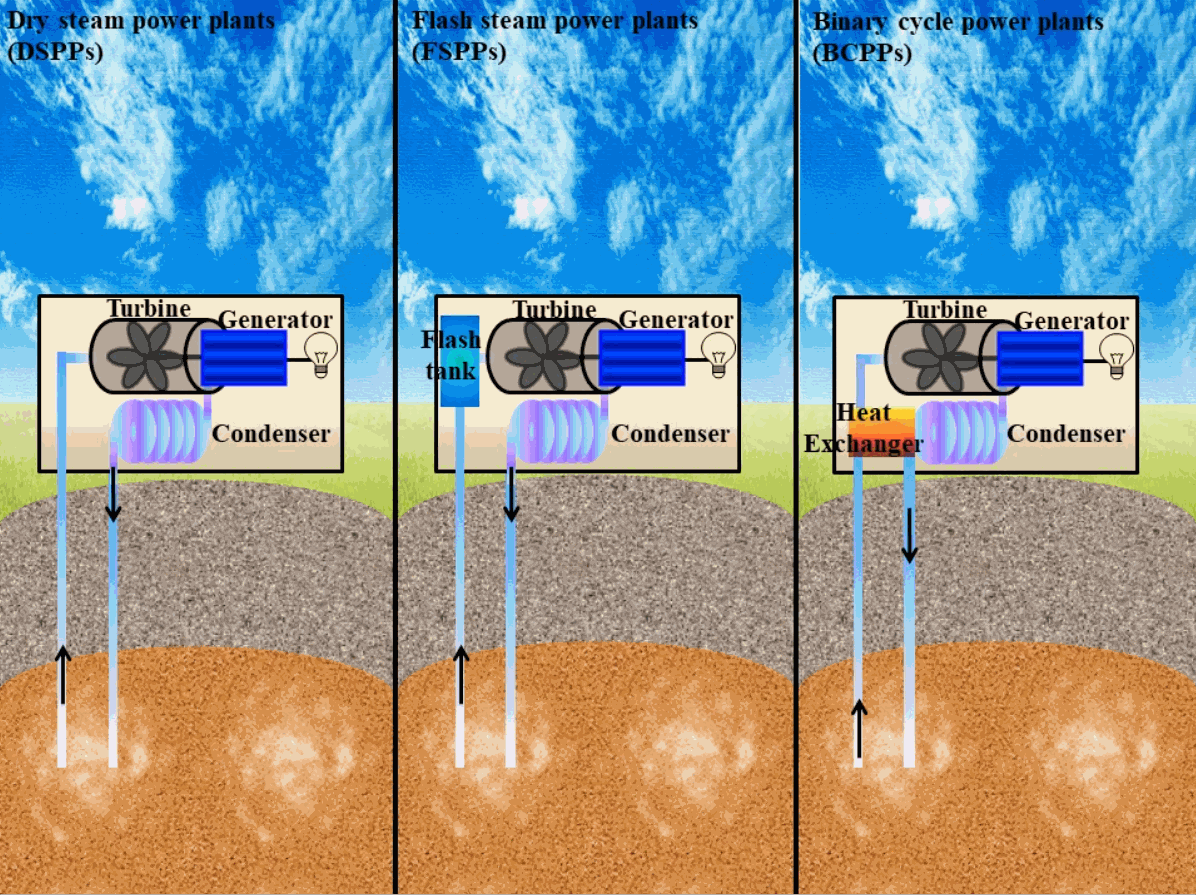
1. Dry steam power plants
The dry steam power plants, as their name suggests, utilize dry steam directly from a geothermal energy site. The dry steam runs the turbine to generate electricity from the generator. As the dry steam power plants (DSPPs) run on steam, they operate at higher temperatures of more than 300˚C. As DSPPs run directly on steam, therefore, they can be the cheapest form of drawing hydrothermal energy. A depiction of DSPP is shown in Fig. 1. Depending on this factor, DSPPs can be of two types.
1.1. Dry steam non-condensing power plants
These types of power plants run directly on steam, but this steam is not condensed and is given out into the atmosphere.
1.2. Dry steam condensing power plants
These power plants also run directly on steam, but the steam is condensed and the water is released back into the geothermal site.
2. Flash steam power plants
The flash steam power plants (FSPPs) are the dominant form of extracting geothermal energy and they operate at a temperature of around 182˚C or greater2. The fluid (water) at higher temperature and pressure is pumped into a reservoir held at the surface of the Earth which has lower pressure. This low pressure causes the hot liquid/fluid to expand and therefore some of the fluid turns into steam, thus the name “Flash”, as steam is generated in a flash. This hot steam then drives the turbine, which in turn, drives the generator to produce electricity. A depiction of such a power plant is shown in Fig. 1. There are further types of FSPPs depending on the separation of liquid on flash stages. The “single flash” FSPPs have one stage flash steam generation whereas, “double flash” FSPPs have two stages of flash steam generation units and therefore, can yield 15-25% more power, and a “triple flash” FSPP has three stages of flash stem generation. The temperature of operation of the power plant increases with an increase in the number of flash stages. The single flash FSPP usually operates at 150˚C, a double flash FSPP operates at around 250˚C and similarly, a triple flash system operates at temperatures greater than 350˚C. Although the power output increases for each subsequent flash steam generation unit, the complexity of power plant design also increases, which will require more initial capital and running costs.
3. Binary cycle power plants
The binary cycle power plant has a different design in comparison to dry steam and flash steam power plants. The binary cycle power plant (BCPP) employs a different working fluid rather than utilizing the same fluid (water) that is used to transport heat energy from the geothermal site to the power plant. This working fluid (usually hydrocarbons such as isobutane or pentane or other compounds such as ammonia) has a lower boiling point than water and therefore it turns into steam. These two fluids do not interact with each other and therefore, this type of power plant is relatively safer than the flash steam power plants. A depiction of such a power plant is shown in Fig. 1. The working temperature of such power plants is also lower than the aforementioned types as BCPPs operate at temperatures of approximately 85-170˚C. Due to lower operating temperatures, BCPPs can be installed at geothermal sites that are easier to reach (through digging/boring) because of lower depth with less available temperature. The BCPPs can be further classified into two types, which are mentioned below.
3.1. Enhanced geothermal systems
In enhanced geothermal energy systems there is no particular requirement of the presence of fluid. The fluid is artificially pumped subsurface to retrieve the heat from the site. These enhanced geothermal systems utilize a binary cycle once the fluid is injected into a hot site. There is a great potential to harvest hydrothermal energy in this way
3.2. Low Temperature & Coproduced Resources
In low temperature & coproduced resources, the fluid can be anything such as gas, and oil. In many oil and gas wells, low-temperature water is a byproduct that can be used to heat a working fluid. Usually, the primary source of heat energy is in direct use in heating and producing energy, and water byproduct from such resources can also be utilized to generate electricity. The working temperature of such systems is slightly lower at around 150˚C.
Renewable and sustainable aspect of GTE
The core of Earth is cooling down slowly, but drawing geothermal energy (GTE) only uses a fraction of available heat and therefore does not aids in cooling Earth’s core faster. Due to this factor, the GTE is considered to be a renewable energy source. Care must be taken in the extraction of geothermal energy because the temperature of the underground site can fall down, which is called local depletion.
The geothermal energy is considered as sustainable as Earth is able to maintain its temperature in order to sustain its ecology. Moreover, utilizing the geothermal energy sources today will not exhaust these sources for the use of future human generations and they can utilize these sources at the same rate3.
Advantages and disadvantages of utilizing geothermal energy
Advantages
- It is a renewable energy source and environment friendly.
- Generating geothermal energy is sustainable and will not affect the resource utilizing capacity of future human generations.
- It requires less area for generating electricity.
- The geothermal energy can have a direct applications in heating and cooling systems, and sometimes power generation and heating/cooling systems can work side by side.
- The power generation from geothermal energy resources are reliable and yield high efficiency.
- Producing electricity from geothermal energy systems requires very low maintenance.
Disadvantages
- Drawing power from geothermal energy raises slight concerns about environmental effects of greenhouse gas emissions if dry steam power plants are being employed with no condenser units. These greenhouse gases contribute towards global warming and acid rain.
- Apart from greenhouse gases, the water or fluid from such sites carry toxic elements, which can escape into the atmosphere. These escaped particles can then damage environment and raise health concerns when water cools down forming a water droplets.
- Digging deep into the Earth’s surface causes land unstability. This unstability can result in seismic activities such as earth quakes.
- Power generation from geothermal energy resources is site dependent. The geothermal energy resources can be found everywhere if we dig deep enough, but the cost of digging/boring becomes greater than feasible amount. Therefore, low depth geothermal energy sources found as pockets of hot areas, are much preferred as they require less boring.
References
1. https://www.energy.gov/eere/geothermal/electricity-generation
2. https://www.nrel.gov/research/re-geo-elec-production.html
3. https://en.wikipedia.org/wiki/Geothermal_energy#History
Further readings
If you liked this post, you might be interested in reading the following posts.

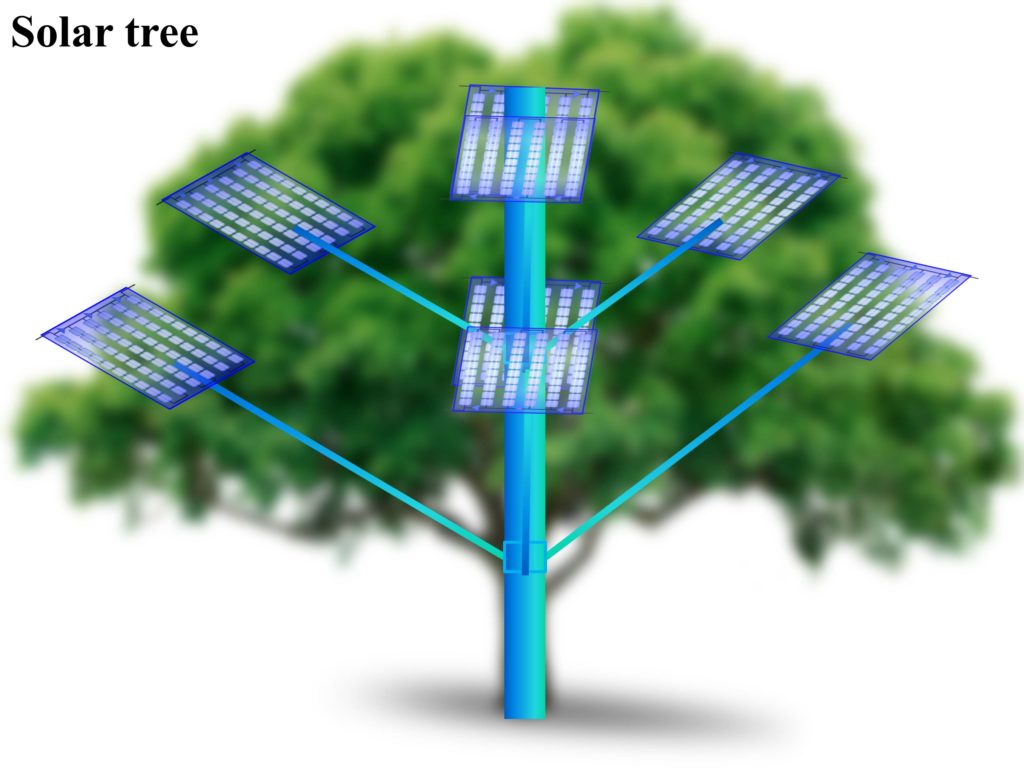
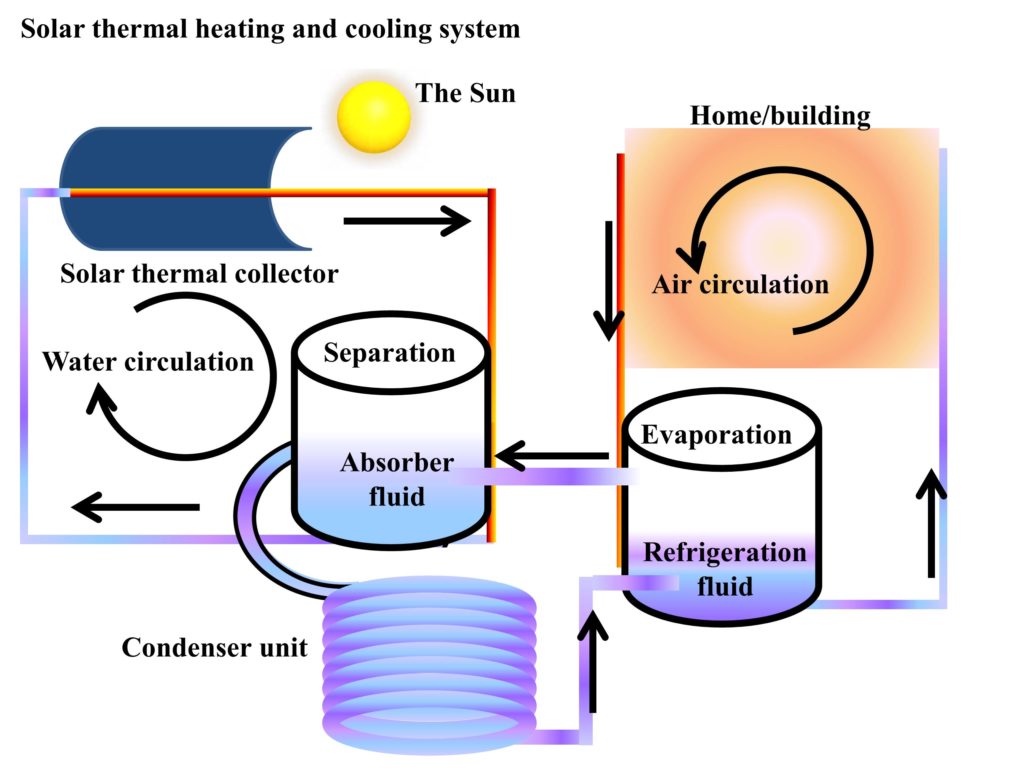
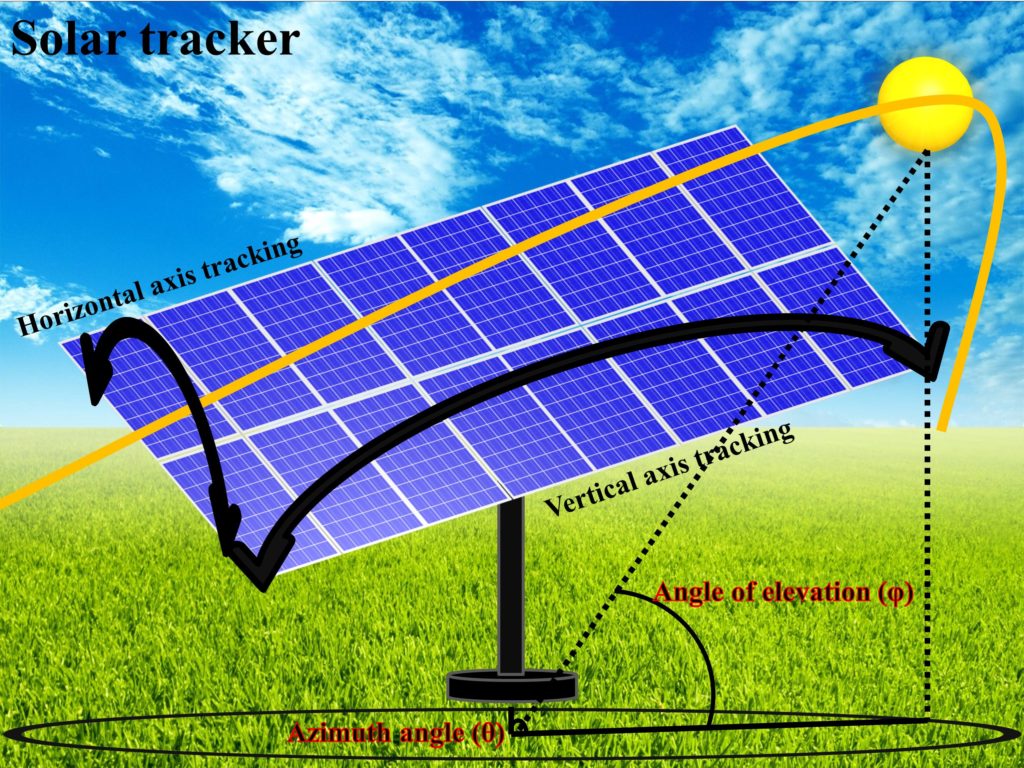
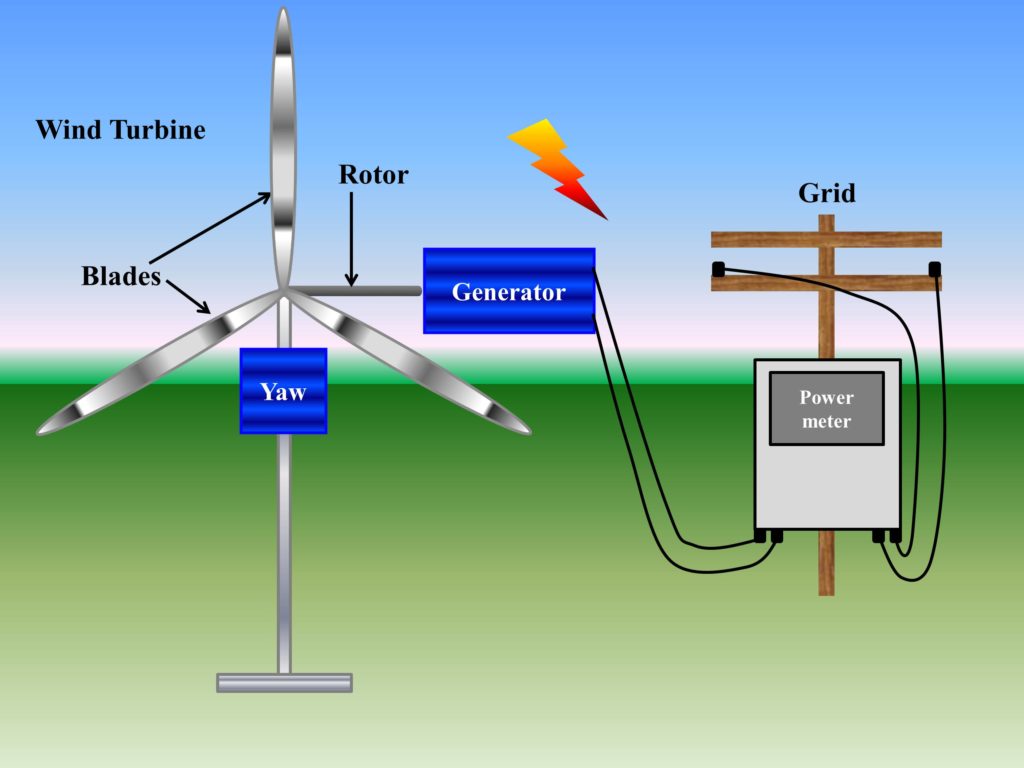
Excellent web site you have here.. It’s hard to find high quality writing like yours nowadays. I really appreciate people like you! Take care!!